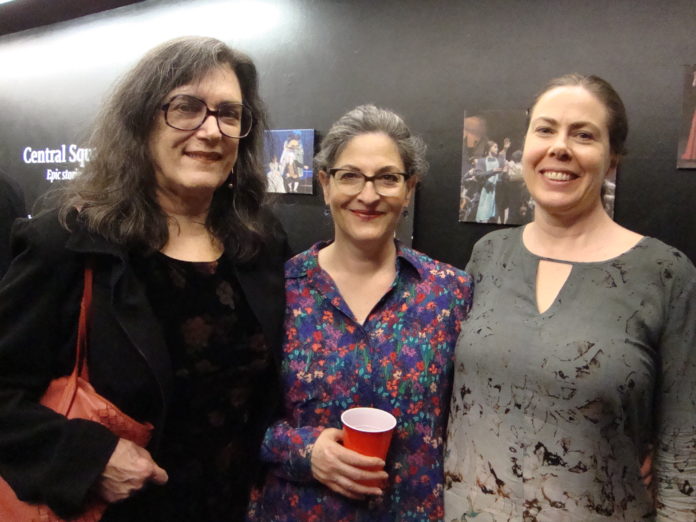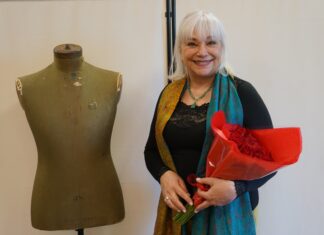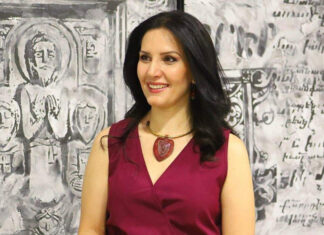By Nancy Kalajian
Special to the Mirror-Spectator
CAMBRIDGE, Mass. — The Nora Theatre Company’s “The Women Who Mapped the Stars,” just finished a month-long run at the Central Square Theater, as part of the Brit d’Arbeloff Women in Science Production Series, and the Catalyst Collaborative@MIT, a Central Square Theatre and MIT program that creates and presents plays that deepens public engagement and artistic and emotional experiences with science.
An engaging tribute to the power of women to look beyond time and circumstance to further our understanding of the universe, playwright Joyce Van Dyke’s world premiere of “The Women Who Mapped the Stars” hits the mark with plenty of factual scientific information, winning dialogue, clever timing and quick wit. Aspiring characters, ranging from young in age to the more experienced, interact in a convincing style under good direction with simple but effective sets.
Working at Harvard College Observatory in the late 1890s, the fervent accomplishments of five hard-working “women who mapped the stars” were kept in the shadows even though their contributions to astronomy were, frankly, astronomical. Numerous struggles for women in the workplace — from inequality in pay to not having the same rights as men — were depicted in the play. In one instance, women weren’t allowed to use telescopes in the workplace but men were. Then there was the man who years later took credit for a scientific discovery that had been initially made by a woman.
The Poet’s Theatre and director Jessica Ernst provided early script development assistance to Van Dyke during four workshops over two years. Some of the greatest writers were quoted when appropriate to the dialogue including Shakespeare’s “Look how the floor of heaven is thick inlaid with patines of bright gold!” from The Merchant of Venice. Fastidious research was conducted at various scientific institutions and libraries.









